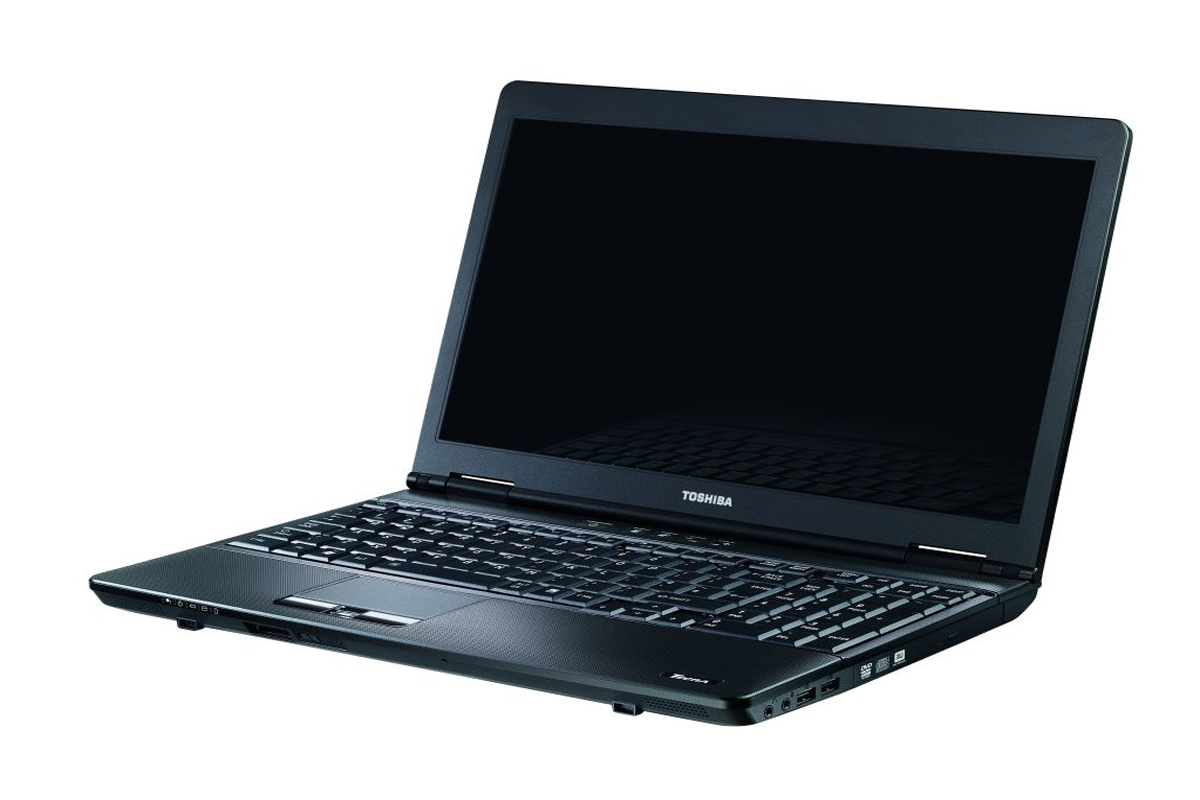Toshiba Tecra A11 review
After our first look at the Tecra A11 at Toshiba’s 2010 press day, in this review we take an in-depth look at this new business notebook.

Its size, weight and average battery life mean the Tecra A11 is not ideal for frequent use on the move and the absence of vPro for remote management may limit its interest to larger enterprises. Its low resolution screen is also a potentially limiting factor. Those caveats aside, however, the A11 is a speedy and very useable machine that offers good value – though there are rivals from HP and Sony that will do similar with more panache.

The A11 sports a virtually all black finish with a checked pattern on the lid and around the keyboard, which works well. There's nothing too exciting to distract the eye though, in keeping with its no-nonsense business marketing aims. The only real points of interest are the five buttons above the keyboard. One is the power button and two are volume up and down keys. We were surprised to find that there was no on-screen display for volume level and we have to say that while there was a decent level of loudness from the speakers located at the front, bass was noticeable by its absence.
The other buttons above the keyboard are a direct shortcut to the Windows 7 utility for outputting direct to an external display such as a second monitor or a projector handy for presentations. The final button launches Toshiba's custom Eco' utility, which presents a visual indication of power usage, and even lets you show power usage over time broken down into daily, weekly and monthly use should you be interested in such things.
Toshiba has also provided a number of its own applications rather than just relying on Windows 7 Professional. A hard disk protection utility is there to park the heads of the hard disk when vibration is detected and the sensitivity of this can be adjusted. Toshiba even provides a 3D viewer utility that displays the movement of the hard disk as you tilt the notebook, just so you can see that it's working.
Get the ITPro daily newsletter
Sign up today and you will receive a free copy of our Future Focus 2025 report - the leading guidance on AI, cybersecurity and other IT challenges as per 700+ senior executives
Benny Har-Even is a twenty-year stalwart of technology journalism who is passionate about all areas of the industry, but telecoms and mobile and home entertainment are among his chief interests. He has written for many of the leading tech publications in the UK, such as PC Pro and Wired, and previously held the position of technology editor at ITPro before regularly contributing as a freelancer.
Known affectionately as a ‘geek’ to his friends, his passion has seen him land opportunities to speak about technology on BBC television broadcasts, as well as a number of speaking engagements at industry events.
-
 Cleo attack victim list grows as Hertz confirms customer data stolen – and security experts say it won't be the last
Cleo attack victim list grows as Hertz confirms customer data stolen – and security experts say it won't be the lastNews Hertz has confirmed it suffered a data breach as a result of the Cleo zero-day vulnerability in late 2024, with the car rental giant warning that customer data was stolen.
By Ross Kelly Published
-
 Women show more team spirit when it comes to cybersecurity, yet they're still missing out on opportunities
Women show more team spirit when it comes to cybersecurity, yet they're still missing out on opportunitiesNews While they're more likely to believe that responsibility should be shared, women are less likely to get the necessary training
By Emma Woollacott Published
-
 OpenAI wants developers using its new GPT-4.1 models – but how do they compare to Claude and Gemini on coding tasks?
OpenAI wants developers using its new GPT-4.1 models – but how do they compare to Claude and Gemini on coding tasks?News OpenAI says its GPT-4.1 model family offers sizable improvements for coding, but tests show competitors still outperform it in key areas.
By Ross Kelly Published